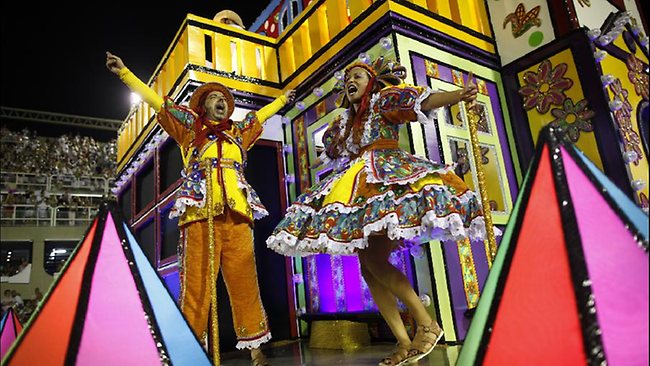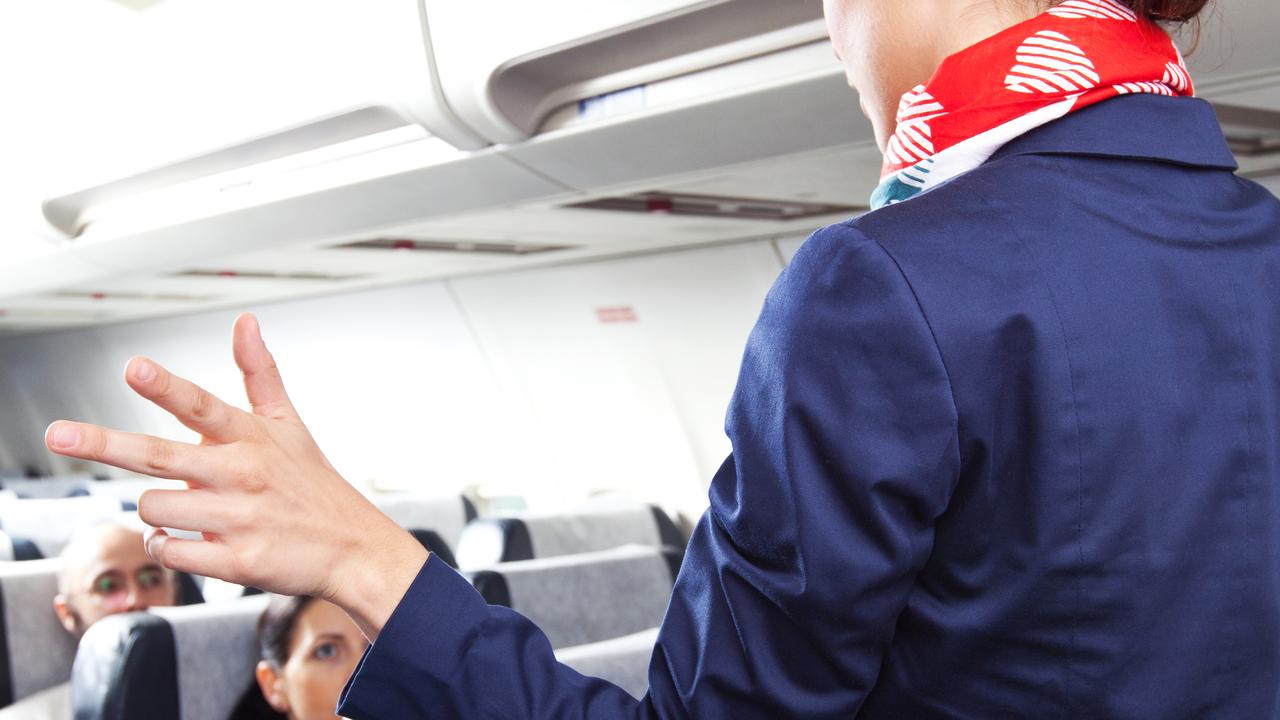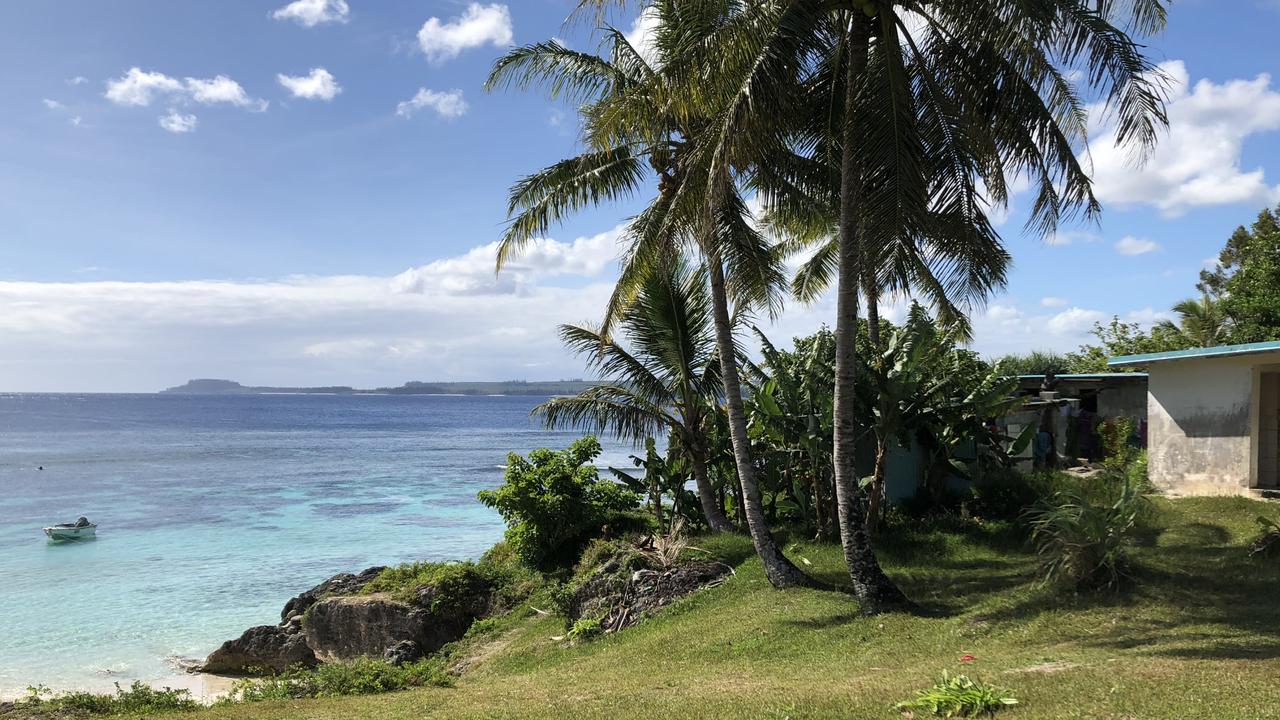Put on dance shoes in Latin America
SOUTH America's abundant festivals will see you dancing in every style to celebrate Inca Gods, Andean spirit animals, the conquistadores and more.

THE Latinos certainly know how to have a good time. They do it naturally as part of their daily lives, through eating, drinking and dancing.
No matter what time of year you visit, there's likely to be a fair, festival or local celebration. But to maximise your fun time, here are some festivities to mark in the diary. -- Carnaval, Brazil Strap on the feathers and samba through the streets of Rio de Janeiro. Carnaval is celebrated everywhere in Brazil, including popular places such as Recife, Olinda and Salvador but the celebrations in Rio are legendary. Rio turns into a chaos of street parties, balls and parades. There are plenty of free hip-wriggling events, including those at Copacabana and Ipanema beaches. The highlight is the Samba Parade, a spectacle of elaborately decked out floats and outrageous costumes. Everything is done on a massive scale. Hundreds of samba school participants dressed in identical glittery costumes compete against each other for the grand prize and hotels, restaurants and bars are on party alert. Carnaval offers around-the-clock raging at its best but be warned: accommodation and food prices shoot through the roof at this time of the year. The next one is from Saturday to February 13. See visitbrazil.com -- -- Tango, Argentina As the birthplace of the Argentine tango, Buenos Aires is a Latin American city that knows how to throw a dance party. Tango lessons are offered in youth hostels, cafes, dance academies and milongas (dance halls). You can stay in a tango-themed hotel where daily tango lessons, shows, fashion parades and tango-themed rooms are part of the package. There are tango festivals throughout the year, but the Olympic-scale event is the Tango Festival y Mundial, which is organised by the City of Buenos Aires in August. Another festival that attracts serious tango dancers is CITA (March 10 to 16). If you have an ear for a more contemporary beat, neo tango - a fusion of electronic music and traditional tango - is popular in some clubs and bars. The nightlife doesn't start hopping until midnight (most Argentinians don't even sit down to dinner until 9pm) and some dance clubs don't really get going until 2am. See mundialdetango.gob.ar, argentina.travel or tangopal.com -- -- Salsa, Colombia A country that might have once been considered too dangerous to visit, Colombia is back on the map. A producer of coffee and emeralds, the country is steadily shedding its reputation as an unsafe destination. In the 1980s, Colombia's third-largest city, Santiago de Cali, earned the moniker as the world capital of salsa when it was a hedonistic playground of the country's drug barons. The Zumba craze that has swept the globe comes from Colombia and those who enjoy keeping fit at Zumba classes will love the Colombian salsa's rapid steps and frenetic motions. Fun times to visit are during the Salsa Festival in Medellin in July or the Cali Salsa Festival in December. See colombia.travel -- -- Conga, Cuba The original salsa came from Cuba in the 1920s and Cuba is still a top spot to shake it while on vacation. Havana and Santiago de Cuba offer plenty of options to help you get into the hip-shaking groove. There are dance clubs everywhere: on rooftop terraces, in halls and by the ocean. If you don't know how to do the salsa, don't worry. Dancing is like breathing to the Cubans and there'll be plenty of locals around to show you how. Havana is South America's capital of music and the Havana Carnival in August is an extravaganza of parades, street dancing and African-Caribbean conga. Havana's buildings may be run-down but the people are intent on partying hard. The setting of colourful costumes, street parties and wild dancing makes it an irresistible place to play. See www.cubatravel.cu -- -- Devil dancing, Bolivia Although South America's poorest country might seem an unlikely spot to party, the mining town of Oruro, between La Paz and the Bolivian salt flats, is the host of a big bash. The Oruro Carnival begins 40 days before Easter. Merrymaking ramps up in the town and the surrounding countryside, with plenty of eating, drinking and offerings to Pachamama (Mother Nature). Thousands of Bolivian folk dancers and musicians perform in colourful costumes and extravagant masks. Streamers, confetti and water balloons add to the cheerful atmosphere. Bolivians line the streets and plazas, grandstands and rooftops to see the celebrations that culminate in La Diablada (dance of the devils), a parade where more than 20,000 dancers and 10,000 musicians dress up as devils, Andean spirit animals, Inca gods and conquistadores. See www.bolivia.travel -- -- Passions of Peru With more than 3000 festivals in Peru, there's no shortage of festivities, including some obscure ones such as the Marinera Festival at the end of January in Trujillo, where people celebrate with flirtatious dancing and handkerchiefs. Peru's carnival time is in March and there are colourful displays of dancing, elaborate costumes and masks. The custom is to throw buckets of water and powder at anyone around. So, wear old clothes. The biggest festival in Peru is on June 24 each year in Cuzco. Inti Raymi - Festival of the Sun is the most famous festival in the Inca calendar. After the mysterious Inca rituals, there's plenty of partying in the town. It's the second-largest festival in Latin America and attracts more than 200,000 people for its parties, fireworks and celebrations in honour of the God of the Sun: Wiracocha. See peru.travel -- Go2 LATIN AMERICA - Getting there Qantas has direct flights from Sydney to Santiago. LAN Airlines flies to Santiago (via Auckland). Aerolineas Argentinas flies from Sydney to Buenos Aires (via Auckland) and Emirates Airline flies from Sydney to Dubai with connections to Rio de Janeiro, Sao Paolo and Buenos Aires.



